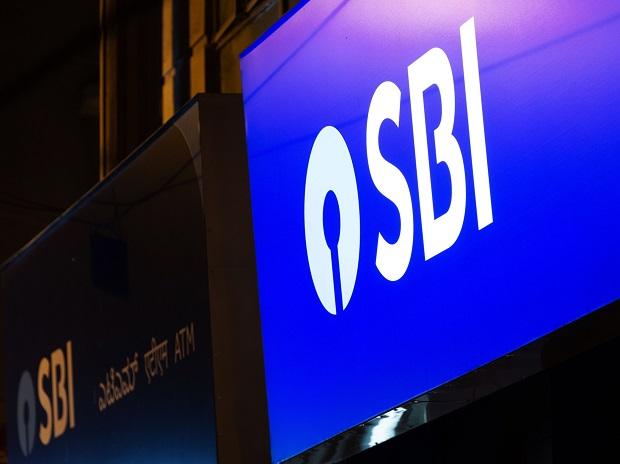[ad_1]
State Bank of India (SBI) registered its highest-ever quarterly net profit of Rs 14,205 crore in the October-December 2022 period – a jump of 68.47 per cent year-on-year (YoY). Robust growth in net profit, which beat analyst estimates, came on the back of a healthy net interest margin (NIM) and a sharp decline in loan loss provisions. Bloomberg data showed analysts estimated a net profit of Rs 13, 212 crore in Q3FY23.
The country’s biggest lender posted a net profit of Rs 8,432 crore in Q3FY22. On a sequential basis, the Q3FY23 figure was 7.09 per cent higher; the net profit in Q2FY23 was Rs 13,265 crore, the previous best. The bank’s stock closed 3.12 per cent higher at Rs 544.45 per share on the BSE on Friday. Its total capital adequacy ratio (CAR) stood at 13.27 per cent in December 2022, much above regulatory requirements.
Dinesh Kumar Khara, SBI chairman, said: “The bank remains well capitalised and we expect internal accruals will be adequate to take care of normal business growth requirements.”
SBI’s net interest income (NII) was up 24.05 per cent YoY to Rs 38,069 crore in Q3FY23. NII rose from Rs 35,183 crore in Q2. Its net interest margin (NIM) for domestic operations improved to 3.69 per cent in the December 2022 quarter, from 3.4 per cent a year ago. Sequentially, NIM rose from 3.55 per cent.
About the outlook for NIM, Khara said SBI does not expect any pressure on margin, even though there is a rise in the cost of funds. He, however, did not give guidance on NIM for FY23.
The lender’s non-interest income was up 21.21 per cent YoY to Rs 11,467 crore during the quarter under review. Sequentially, it rose by 29.22 per cent from Rs 8,874 crore.
The asset quality profile improved with gross non-performing assets (GNPA) at 3.14 per cent in December 2022, against 4.5 per cent a year ago. Sequentially, GNPA were down from 3.52 per cent in September 2022.
Khara said GNPA declined below the Rs 1-trillion mark to Rs 98,347 crore at end of December 2022. This was for the first time after 2016, GNPA were down below Rs 1 trillion.
Net NPA dipped to 0.77 per cent from 1.34 per cent a year ago. Sequentially, they improved from 0.80 per cent in July-September 2022.

The loan loss provision declined 48.76 per cent YoY to Rs 1,586 crore in Q3FY23. Sequentially, it declined 21.11 per cent from Rs 2,011 crore.
“There is no large pool of stressed assets now. The better credit underwriting practices and recognising stress as and when happens, and making provisions upfront have helped the bank improve asset quality and control credit costs,” the SBI chairman said.
The provision coverage ratio (PCR) rose to 91.52 per cent for the quarter under review from 88.32 per cent a year ago. Sequentially, it was flat compared to 91.54 per cent in July-September 2022.
On the business expansion front, the bank’s loan book grew by 17.6 per cent YoY to Rs 31.33 trillion in the third quarter.
The SBI chairman said: “Credit growth is robust and board-based covering corporate, retail, etc, segments. The trend is expected to continue in the next financial year (Fy24). However, there may be some moderation in the pace of growth.”
The government-owned bank has guided for 14-16 per cent credit growth in FY23. Deposits grew 9.51 per cent YoY to Rs 42.13 trillion in the period under review. Deposit growth was in line with the banking system trend.
On the challenge of raising money, Khara said the bank raised the interest rate on term deposits. Besides steady flow of deposits, it has excess investments in government portfolios, which can be monetised to release funds to meet credit demand. He, however, did not give guidance on deposit growth for FY23.
[ad_2]
Source link



